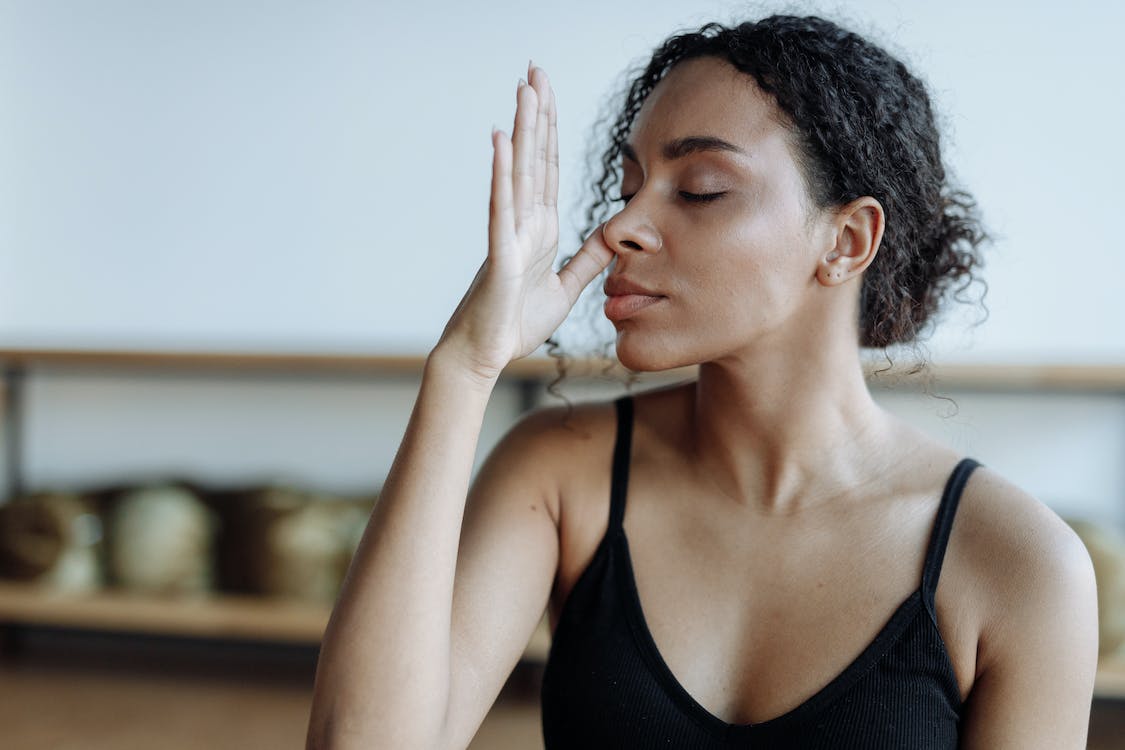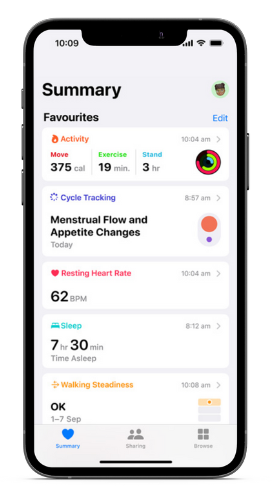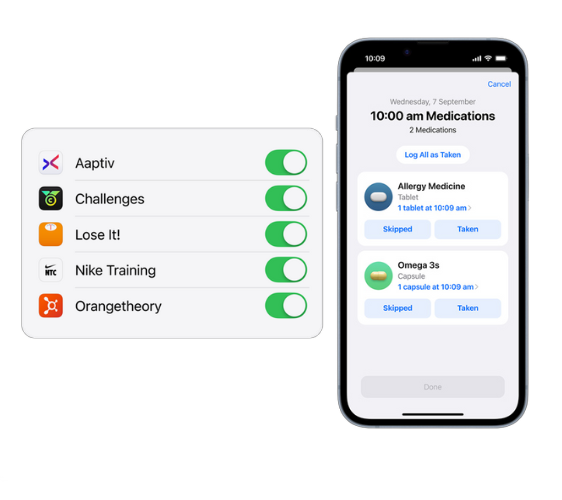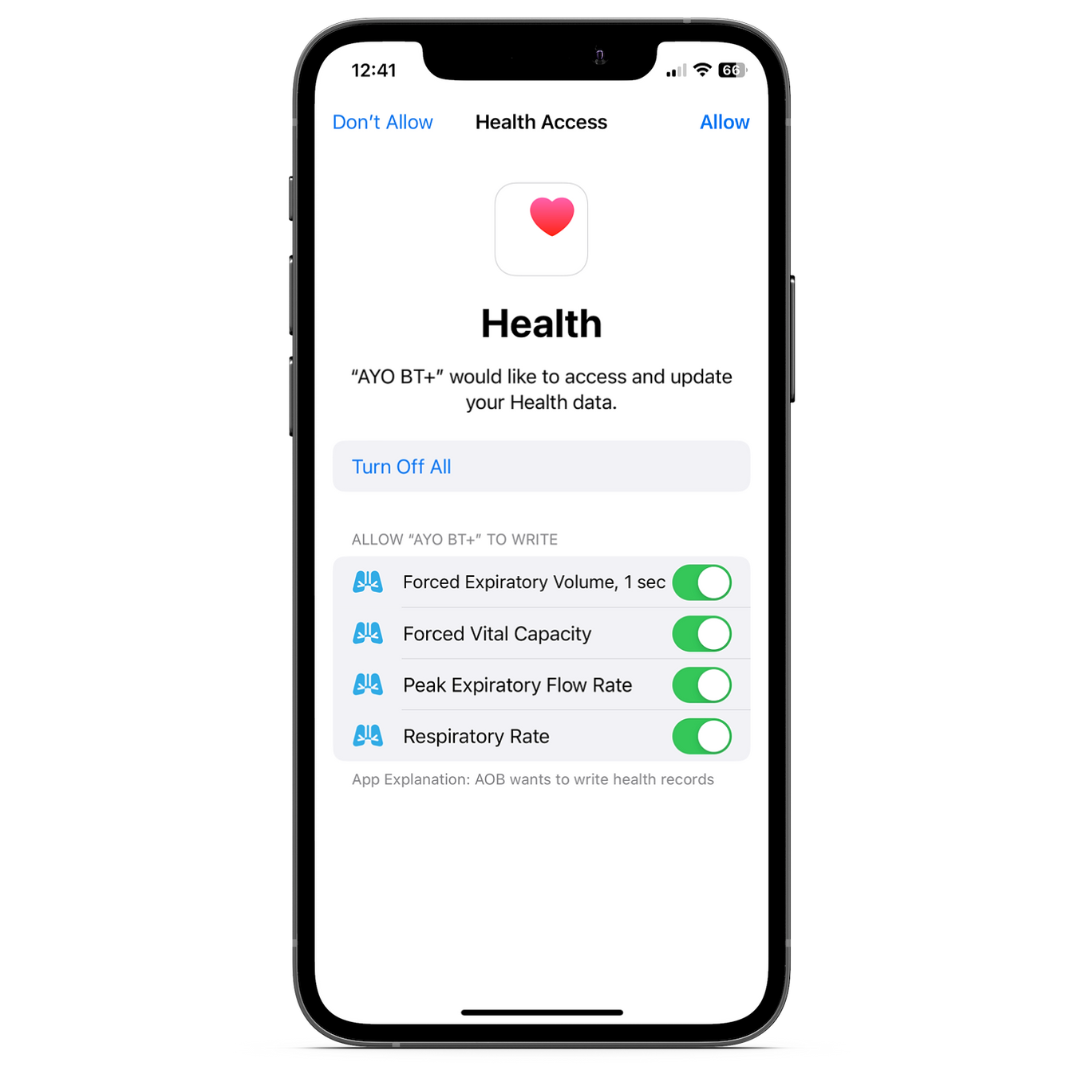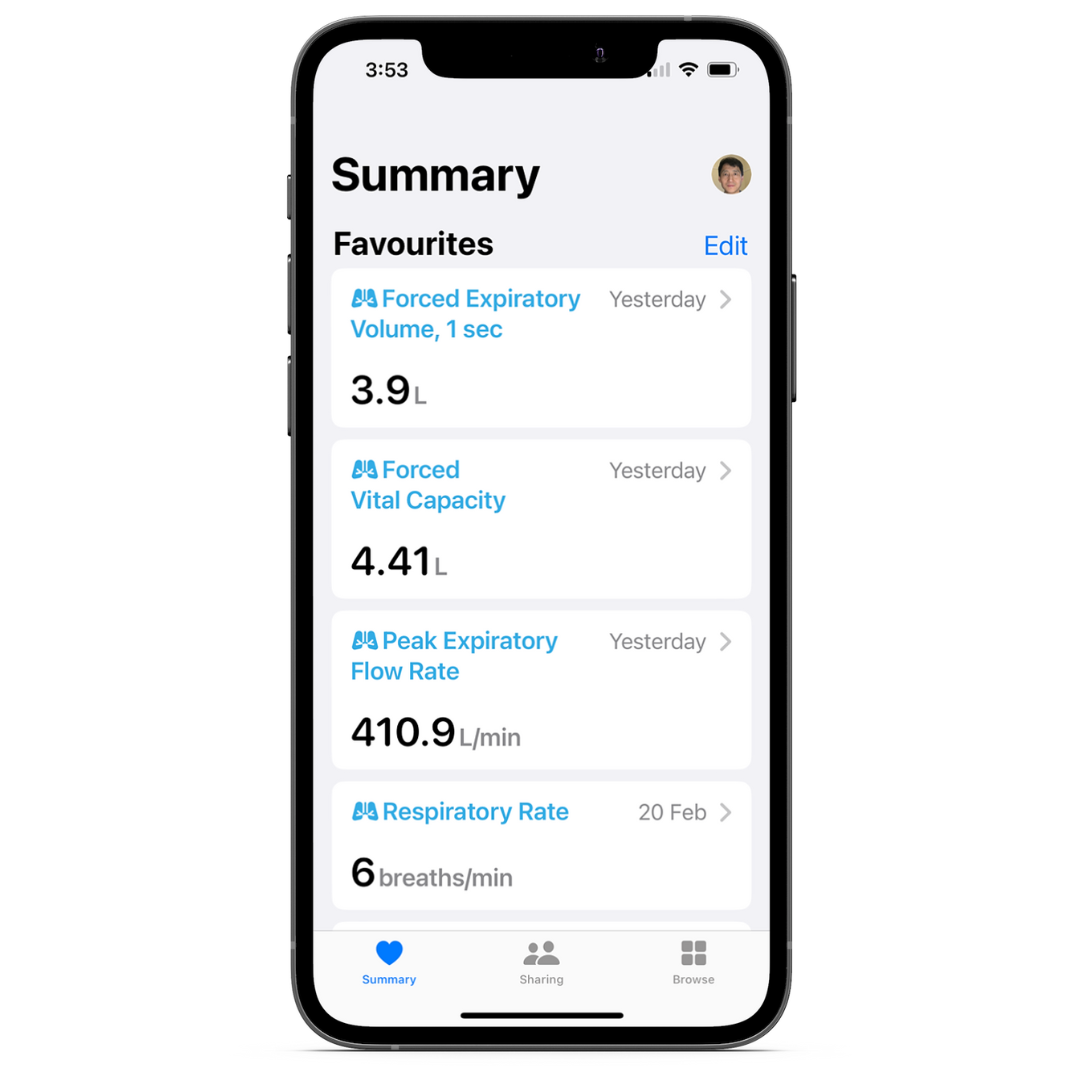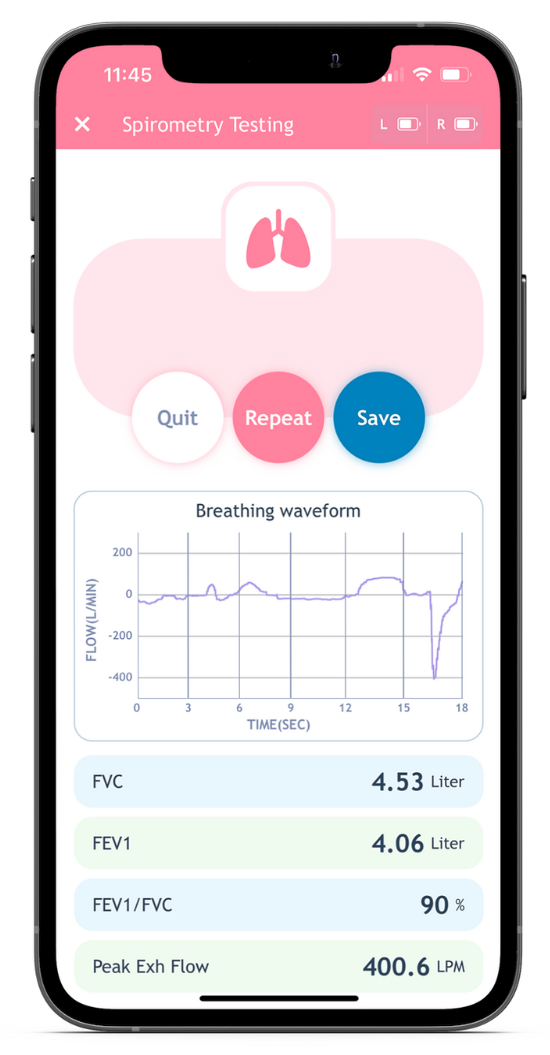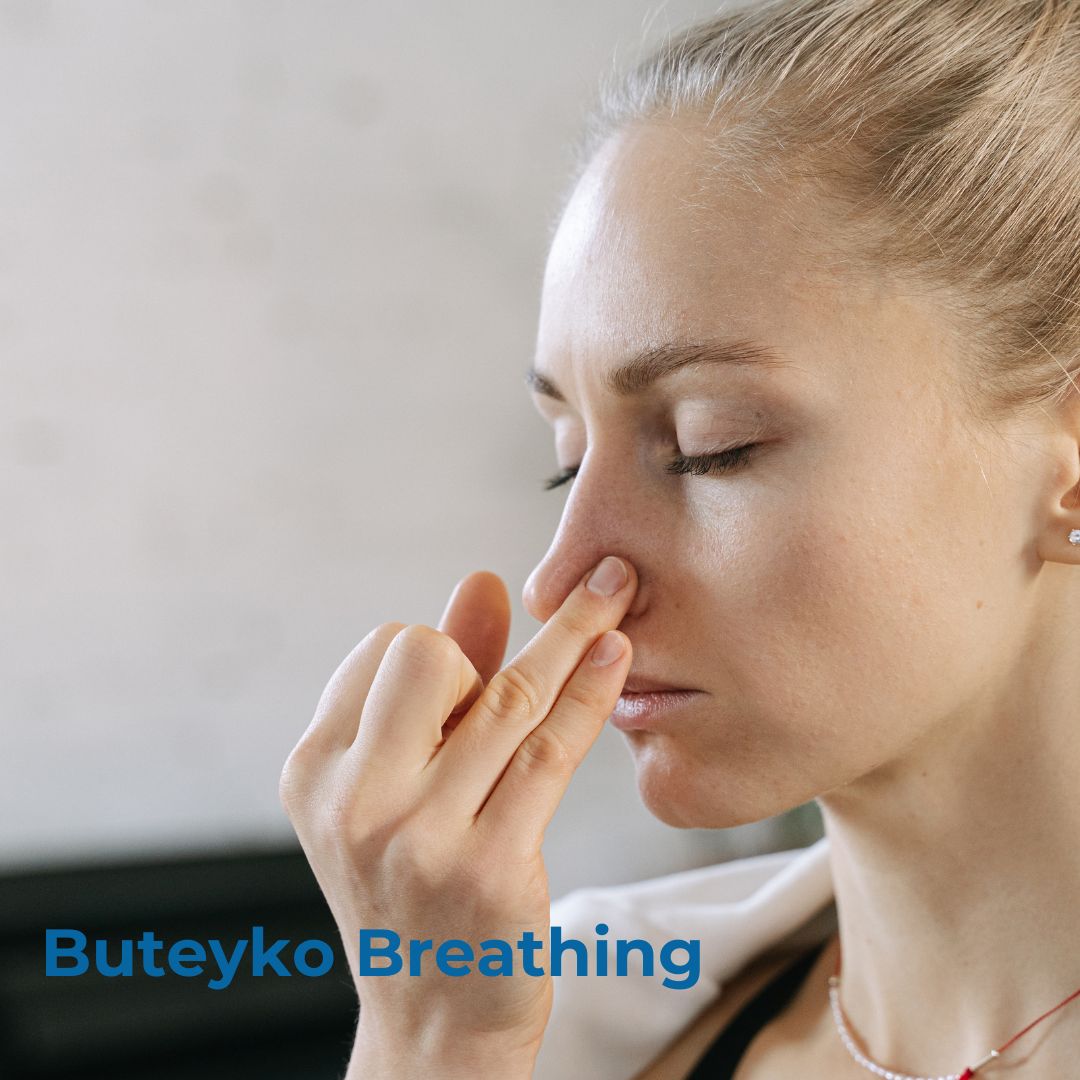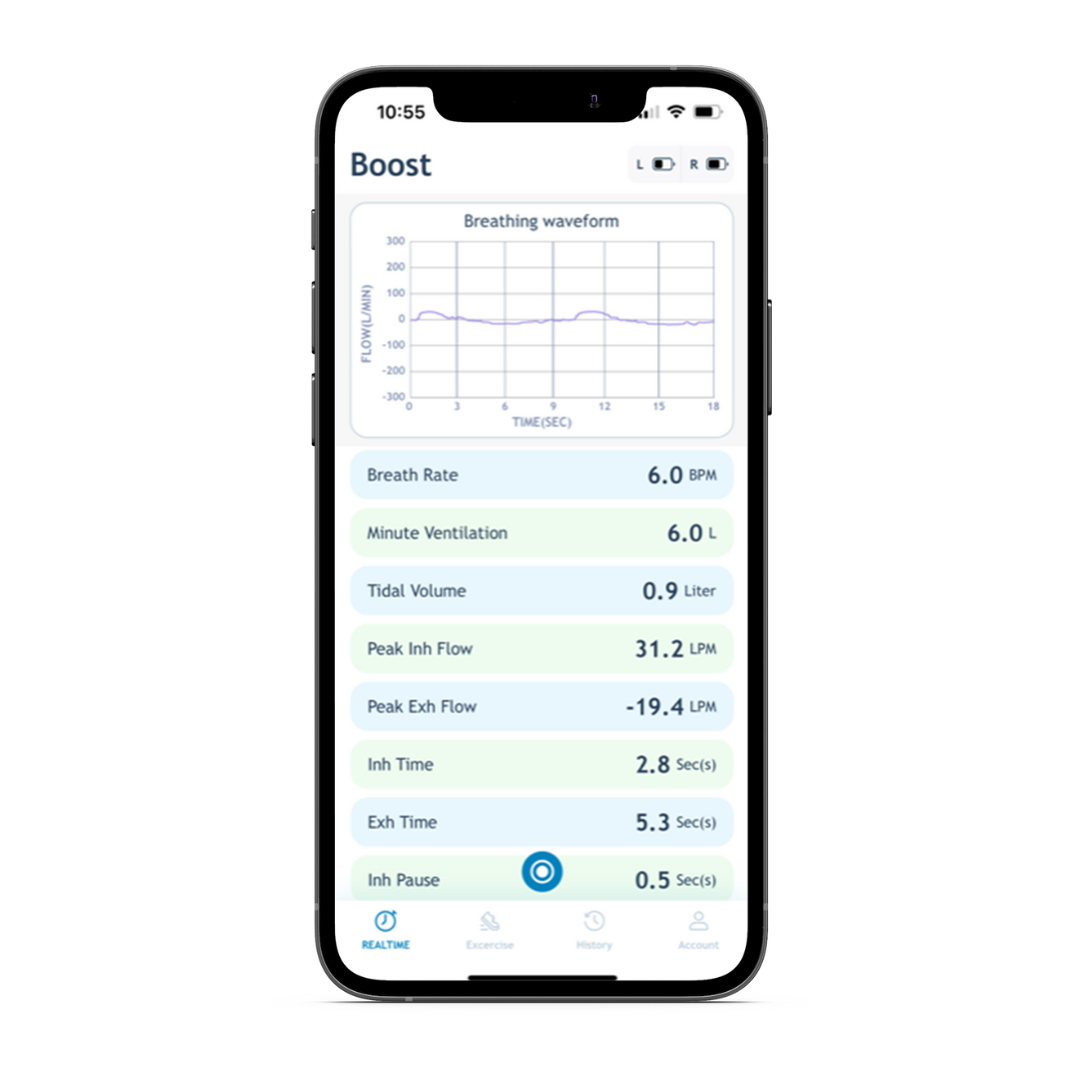A Game-changer for Practicing Buteyko Reduced Breathing
What is Buteyko Method?
Buteyko Method is a type of breathing technique that Russian Doctor Konstantin Buteyko developed in the mid-20th century. The technique is based on the premise that breathing patterns and CO2 levels in the body play a significant role in various health conditions, including respiratory problems, asthma, and sleep disorders, just to list a few.
Buteyko Method has been successfully learned by many, and tens of thousands of respiratory patients have been treated and cured after learning and practicing this science-based breathing technique.
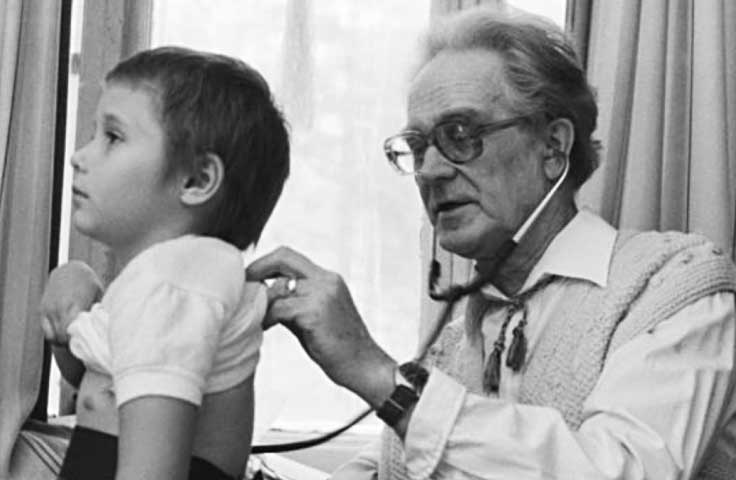
Difficulties We Are Facing
Learning of Buteyko Method, however, is not without challenges and difficulties.
If you have been practicing Buteyko Method, you will know that Reduced Breathing is one of the key parts of the training in addition to Breath-hold.
To practice the Reduced Breathing of Buteyko Method normally requires generating a light air hunger.
There are various interpretations of what “light air hunger” means.
In the book “Advanced Buteyko Breathing Exercises” by Dr. Artour Rakhimov, he suggests the following:
- If your CP is less than 20s, it is 5-10% less than your normal inhalation.
- If your CP is above 20s, the breathing is likely to have short automatic pauses.
Note: CP means Control Pause, a way to measure breath-hold time by Buteyko.

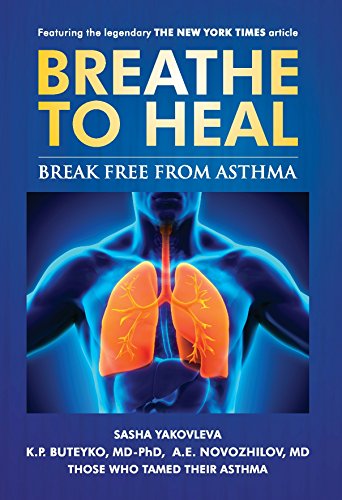
In the book “Breathing to Heal” by Sasha Yakovleva, she says:
“Try to decrease the volume of breathing by imagining that your airflow becomes a little diminished”.
All of the described ways to achieve “air hunger” are either vague or hard to follow correctly in practice:
- “5-10% less than your normal inhalation’ – is not something a normal person can sense or feel correctly.
- “short automatic pauses” – how short?
- “imagining that your airflow becomes a little diminished” – what “a little” is a little? That is the question only up to you to interpret.
Even Dr. Buteyko thought that generating the right amount of light air hunger was the most difficult to learn from his described method as below:
- Decrease
- The depth
- Of breathing
- By relaxation of the diaphragm
- Till slight shortage of air (Buteyko, 1991)
Furthermore, in Buteyko Method, the main metric to test how you breathe is via CP measurement. This is a simple and accurate way to measure how well the body gets oxygenation, provided that it is measured correctly. However, as many of us experienced, the CP can be affected by many factors, making it vary from time to time. This is perhaps one of the main difficulties in practicing Buteyko Breathing.
In addition, CP is an indirect and non-Realtime way to guide your breathing exercises, for example, it can not be used directly as a metric during Reduced Breathing training, and it can only be used as a body CO2 tolerance or oxygen level monitor before and after each breathing exercise.
How Do We Solve the Issues?
All the issues mentioned above related to Reduced Breathing can be rooted in the fact that there are no tools that are readily available to measure breathing data, in particular, breathing volume.
As Reduced Breathing simply means to reduce breathing volume following Buteyko Method, it is no brainer to say that we need a device to measure the volume we breathe in order to practice reduced breathing, so that we know how much air we breathe, and how much air we need to reduce during breathing exercises.
Over more than half a century until now, people who practiced Buteyko reduced breathing have had to use gut feel and guessing to guide the exercise. It is understandable that in the era of Buteyko, there weren’t breathing measurement devices that ordinary people can get access easily.
Aimwell’s Solution to Solve the Issues
You may wonder: are there any easy ways to measure breathing nowadays at all, like measuring a heart rate? And is there an alternative or equivalent way to complement CP? The answer is YES.
The good news is that, with Aimwell AYO BT+, breathing volume can be measured directly.
Further, we recommend a new metric that can clearly and accurately define air hunger in Reduced Breathing based on CP, that is Minute Ventilation (MV) – a metric for breathing volume in one minute.
Relationship between CP and MV:
CP is, in most cases, related to MV. Thus, once the CP is known, the corresponding MV can be correlatedly defined.
To define a level of air hunger, a reduced MV as a breathing target can be derived by adding a predetermined period to the CP measured.
If you breathe at a certain MV with just near zero air hunger, the MV can be correlated back to CP. This can be used as an alternative to CP measurement.
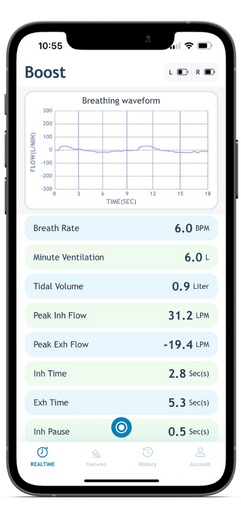
Further, we can also define the target MV based on the level of air hunger. For example, if we define the following:
No air hunger as No RB: MV corresponding to your CP.
Light air hunger as RB1: 10% less of MV corresponding to your CP.
Moderate Air Hunger as RB2: 25% less of MV corresponding to your CP.
Strong Air Hunger as RB3: 50% less of MV corresponding to your CP.
Then we can have the following target MVs forNo RB, RB1, RB2, RB3 in relation to your CPs:
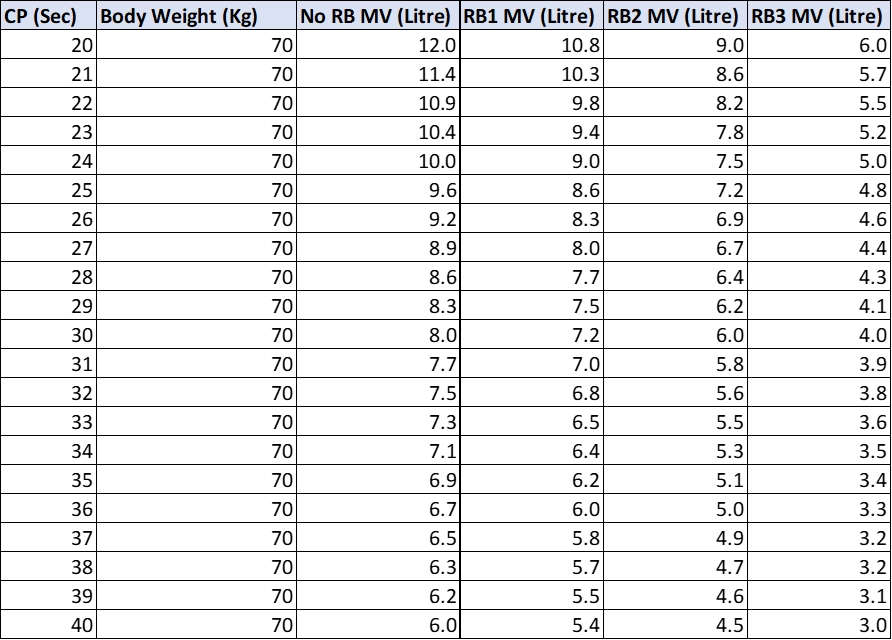
Note: for body weights other than 70Kg, the corresponding MVs can be proportionally calculated.
Final Words
By using MV as Reduced Breathing training metric, it removes the difficulties when it comes to practicing a level of air hunger accurately. It also provides an alternative way to find out your CP. This is a game-changer for practicing Buteyko Reduced Breathing, as it can help achieve more effective Reduced Breathing exercises that promise an easier and quicker journey in your endeavor to normalize your breathing.
So if you have a hard time making progress in your Buteyko Breathing training, wait no further to acquire this great Australian invention AYO BT+ to help you out.
Related Article:

